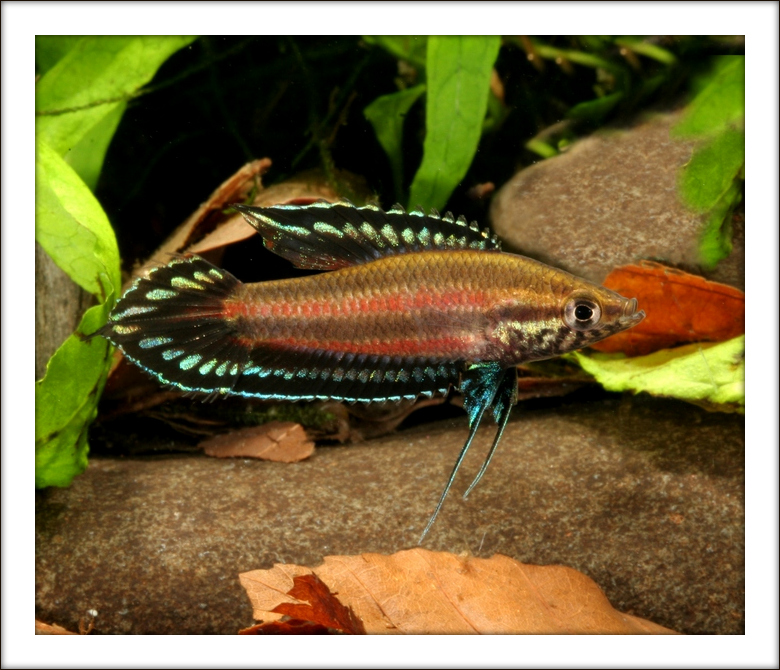The lesson of P. deissneri 
P.deissneri was the first Licorice gourami described scientifically, by the Netherland’s ichthyologist Pieter Bleeker in 1859 who found it at Bangka island. In the decades to come, similar fishes were found by occasion in many parts of the old Sundaland, today referring to the states of Malaysia and Indonesia. But many looked somewhat different. Only more than a hundred years later ichthyologists began to realize that they belonged to different species. The true deissneri remained endemic on Bangka island.
Until the end of the 20th century the specialists knew five or six locations on that island where the species lived. One was highly threatened by the pollution from a timber mine, but the others seemed safe with the acid black water streaming from the intact rain forests of the island. Only in recent years everything changed rapidly. Just like in many other parts of Indonesia and Malaysia, the rainforest was logged and burned down in order to create arable land for planting oil palms. Without any concern about the animals and the people living there, the joint power of politics and economics cleared the “useless” wet forest to become dry agricultural plantations. Nobody cared for that small fish.
When the Chinese biologist Wentian Shi and his friends visited Bangka in 2016, they found all places named in the deissneri-literature or told orally by former visitors totally destroyed. Some of them still with water, but no black water any longer. Most locations completely dry, however, and prepared for coming plantations. They tried to find deissneri at some other places but it was to no avail. They spread the news to the Parosphromenus-community: deissneri is gone, extinct.
One year later, 2017, Wentian Shi went again to the island after having intensely studied maps and Google earth with the question in mind: Is there any small place of intact black water habitat left on Bangka or not that was not visited by naturalists hitherto? Because of its remoteness or for other reasons? And he found such a place, obviously safe so far by being a small local sanctuary. Here, in unspoiled blackwater, he discovered a small population of Parosphromenus deissneri anew and brought some pairs of them home. Meanwhile (September 2017), he and Horst Linke succeeded to produce offspring. The species has been saved by a hair’s width for the time being. Presently, the Parosphromenus-Project tries to buy the place with money from donations.

